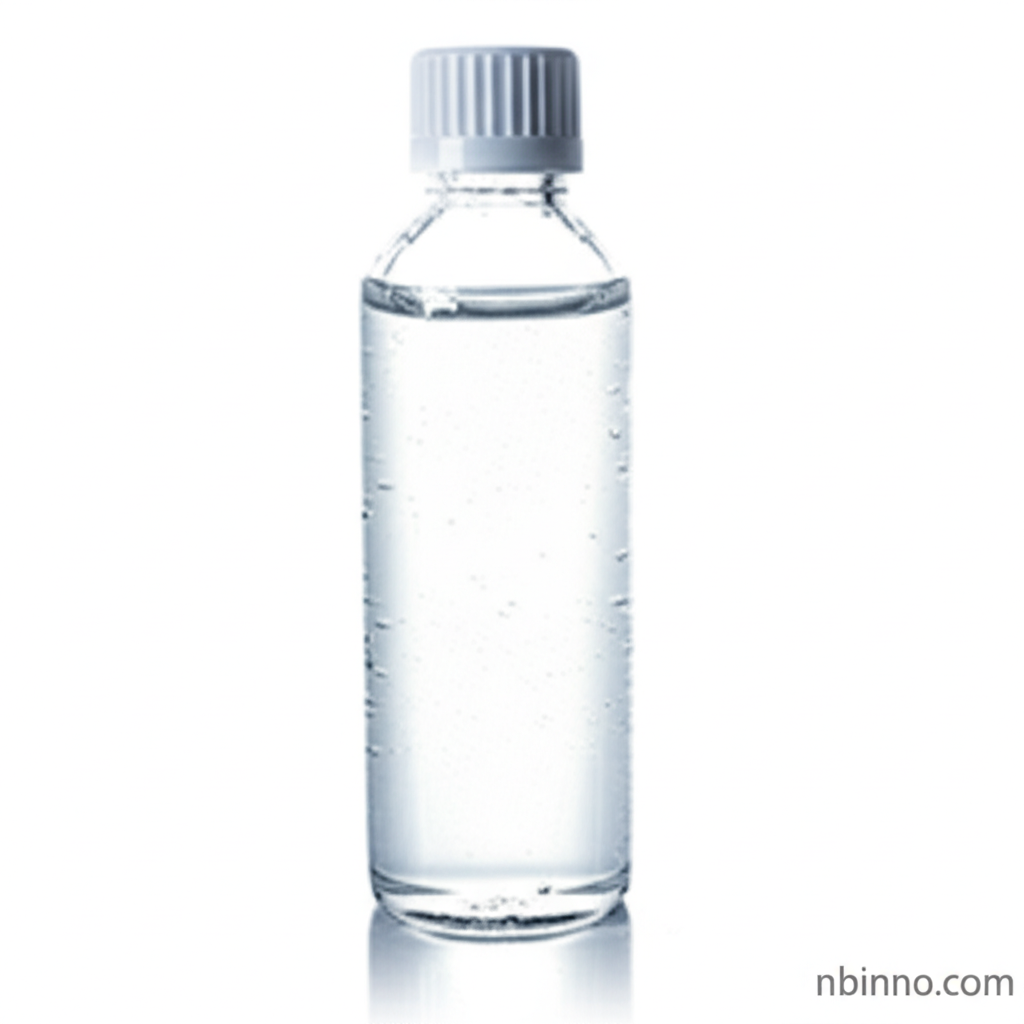1-Hexene 99.5%: A Comprehensive Guide to Applications, Safety, and Supply Chain
Your essential resource for understanding and sourcing high-purity 1-Hexene for industrial and research needs.
Get a Quote & SampleProduct Core Value

1-Hexene
1-Hexene (CAS 592-41-6) is a vital linear alpha-olefin with a purity of 99.5%. Its unique chemical structure makes it indispensable in various industrial processes, particularly as a comonomer in the production of high-density polyethylene (HDPE) and linear low-density polyethylene (LLDPE), enhancing their properties such as strength and flexibility. Beyond polymers, it serves as a crucial intermediate in the synthesis of heptanal, which is further processed into short-chain fatty acids and alcohols used in flavors, perfumes, dyes, and resins. Understanding its properties and handling requirements is paramount for safe and effective utilization.
- Discover the extensive applications of 1-Hexene in polyethylene production, a key factor in developing advanced plastic materials.
- Learn about the synthesis of heptanal from 1-Hexene, a precursor for valuable compounds in the flavor and fragrance industries.
- Understand the critical 1-Hexene safety and handling protocols to mitigate risks associated with its flammability and potential health hazards.
- Explore options to buy 1-Hexene CAS 592-41-6 from reliable 1-Hexene suppliers and understand the competitive 1-Hexene price inquiry landscape.
Benefits of Using 1-Hexene
Enhanced Polymer Properties
Incorporating 1-Hexene as a comonomer significantly improves the mechanical properties of polyethylene, offering superior strength, flexibility, and impact resistance, crucial for various packaging and industrial applications. This contributes to the overall quality and performance of the final plastic products.
Versatile Chemical Intermediate
As a key building block, 1-Hexene facilitates the synthesis of a wide array of downstream chemicals. Its reactivity allows for efficient conversion into valuable products like heptanal, heptanoic acid, and heptanol, essential components in the fragrance, flavor, and pharmaceutical sectors.
Safe and Efficient Industrial Use
Proper adherence to 1-Hexene safety and handling guidelines ensures its safe use in industrial settings. The detailed guidance on 1-Hexene fire fighting measures and 1-Hexene leakage emergency treatment provided allows for effective emergency response, minimizing risks and environmental impact.
Key Applications
Polymer Manufacturing
1-Hexene is a vital comonomer used in the production of HDPE and LLDPE, enhancing their flexibility and durability for applications in films, pipes, and containers. This contributes to the overall quality and performance of the final plastic products.
Organic Synthesis
It serves as a critical intermediate in synthesizing various organic compounds, including heptanal, which is further processed into fatty acids and alcohols used in the creation of perfumes, flavors, and other specialty chemicals.
Chemical Research
In laboratories, 1-Hexene is utilized as a model compound to study polymerization mechanisms, catalytic activity, and various organic reactions, aiding in the development of new chemical processes and materials.
Specialty Chemicals
Its role extends to the manufacturing of specialty chemicals, including resins and dyes, where its reactive double bond is leveraged to create complex molecular structures with desired properties.
